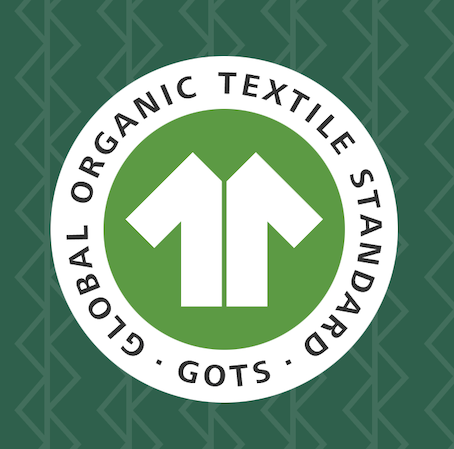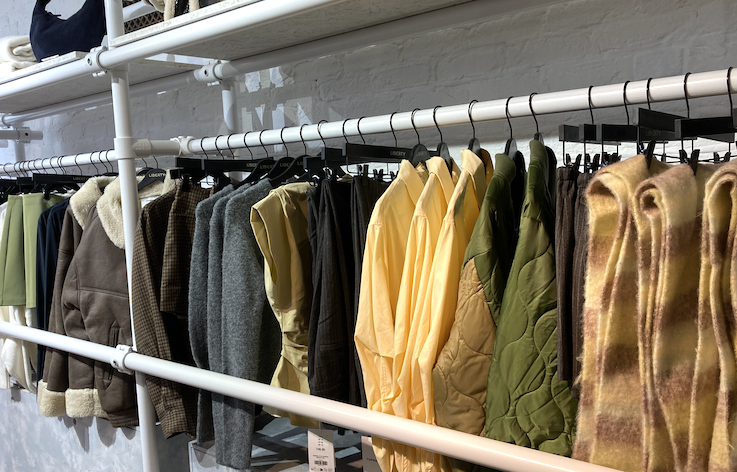From Obligation to Opportunity – How Textiles Standards Can Give Brands An Edge

24-09-2025
By Franziska Dormann, Representative to Luxury Brands, Global Organic Textile Standard
The apparel industry is undergoing a profound shift. As consumer expectations evolve, and policy demands increase, such as the looming implementation of both the Extended Producer Responsibility (EPR) scheme and Corporate Sustainability Due Diligence Directive (CSDDD), brands are facing mounting pressure to demonstrate responsibility in managing both their internal operations and those within the broader value chain. Success in this kind of climate demands more than adaptation to its rigours – it calls for leadership rooted in openness and integrity.
This is where verified standards and certifications come in. No longer peripheral, these tools are becoming central to how brands build trust and customer loyalty, navigate complexity, and achieve sustainable growth.

Winning consumers over
According to research from the New York University Stern School of Business, sustainability-marketed products now hold an 18.5% market share, up from 13.7% in 2015. These products achieved a 5-year compound annual growth rate (CAGR) of 9.9%, outperforming conventionally marketed products (6.4% CAGR). When faced with a choice, increasingly, shoppers favour the option marketed – or labelled – as ‘sustainable.’ This indicates a shift in consumer priorities – sustainability marketing, including clothing labels, now resonates with the majority rather than just the once niche eco-conscious demographic.
However, a labelling and marketing alone aren’t enough for brands to gain a greater market share and sustained customer loyalty. In an era of heightened consumer scepticism and frequent greenwashing scandals, credibility must be earned. That means backing claims with robust, independently verified standards that hold up to scrutiny from consumers. In the current regulatory climate, this also means meeting the demands of policymakers. In other words, this is no longer just a marketing challenge, but a regulatory imperative.
Rethinking compliance as a growth lever
New legislation – from the EPR scheme to the CSDDD – requires companies to substantiate environmental claims with decisive, demonstrable evidence. While these regulations aim, primarily, to prevent misleading or illegal practices, they also offer a chance for brands to strengthen internal governance and build consumer confidence.
Third-party frameworks like the Global Organic Textile Standard (GOTS), and the recently launched Global Responsible Textile Standard (GRTS), provide the structure needed to meet these expectations and optimise this advantage. They help brands monitor and assess their supply chains, identify areas for improvement, and implement meaningful change. More than just compliance tools, these standards foster collaboration and transparency across the value chain.
In this light, regulatory alignment becomes a catalyst, not a constraint. Brands that embrace credible standards position themselves to lead, not just follow.
Building for the long term
The apparel sector stands at a crossroads. With scrutiny intensifying and demand for ethical practices rising, transparency is emerging as a competitive differentiator.
While no single framework solves every challenge, standards offer a roadmap for progress. They help brands move from reactive compliance to proactive transformation – mapping processes, identifying gaps, and driving continuous improvement.
Engaging with credible standards isn’t just about meeting today’s requirements. It’s about acknowledging the strategic benefits they offer and fostering a future in which trust, accountability, and sustainability are integral to your brand’s operations.























